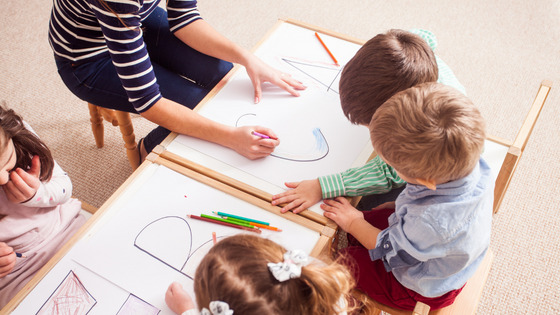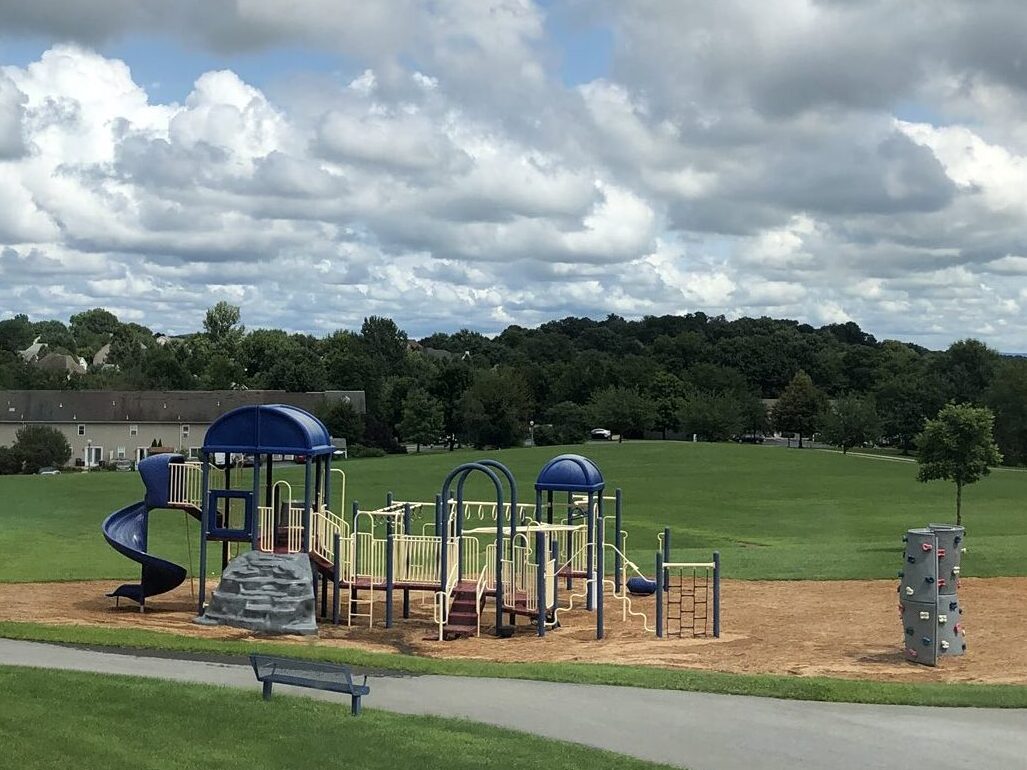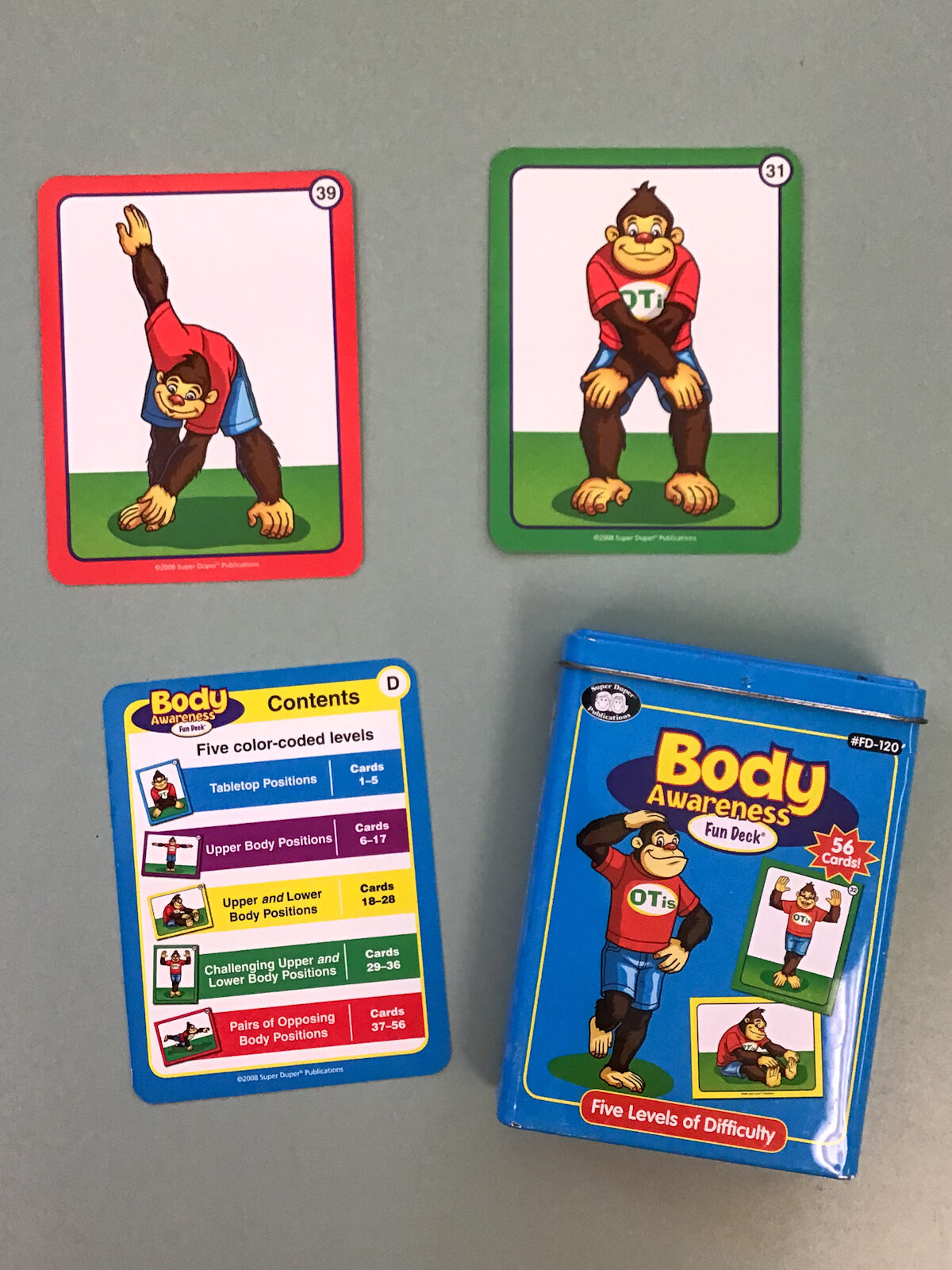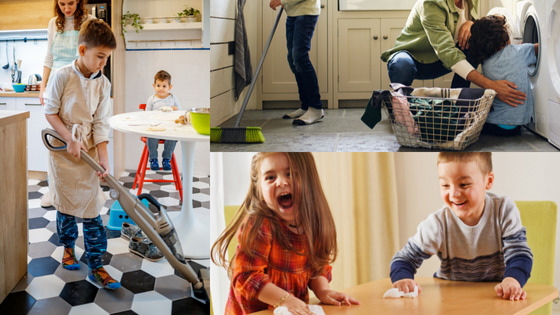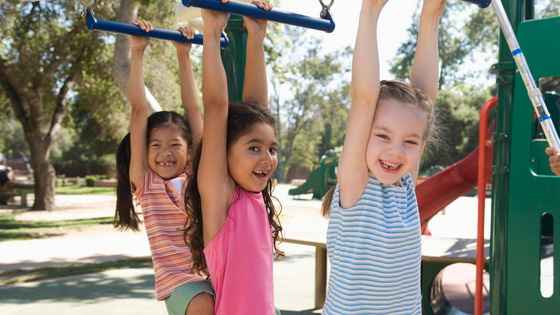Building Blocks for Success in Pre-Writing
Posted by admin on
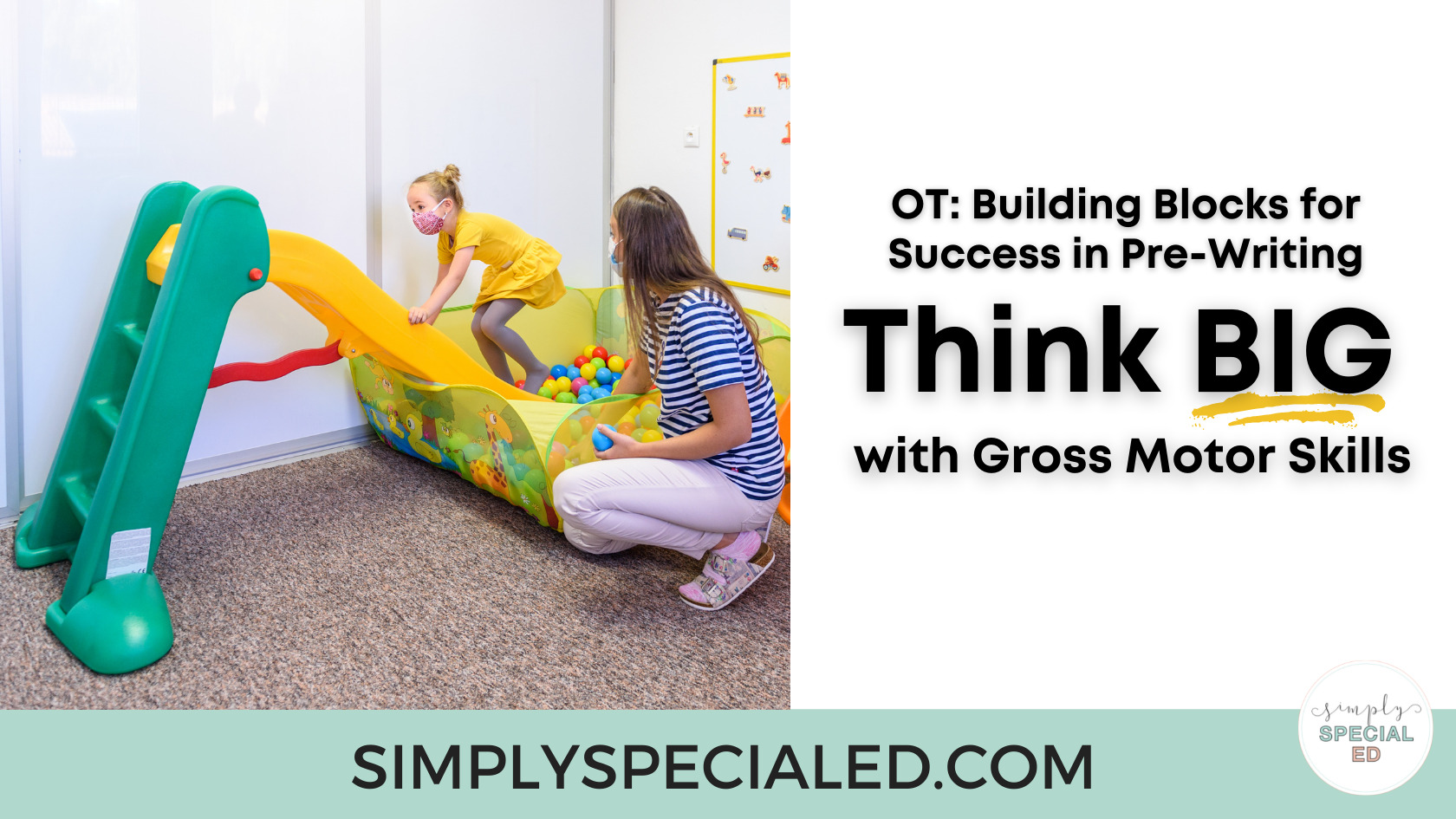
Step 1: Think BIG with gross motor skills!
Pre-writing and handwriting skills are one of the most frequent activities I get questions about as a school based occupational therapist. It makes sense! In school, students spend a lot of their time engaging in paper and pencil tasks to not only learn new content, but to also demonstrate their knowledge.
However, children cannot simply “jump in” to writing their names or the alphabet. Nor are they ready to pick up a pencil until many underlying, prerequisite skills are established. The task of writing is very complex. Therefore, we need to break it down to the basics before we can build it back up.
Before we even start thinking about pre-writing strokes, we need to THINK BIG! Children need strength and stability in their large muscle groups (i.e. core, shoulders, arms) before we can expect precise, coordinated movements in their hands. Let’s think about big, gross motor activities involving:
- Body awareness & motor planning
- Crossing midline
- Core strength & shoulder stability
This blog is designed to help you “think big” with a few suggestions on ways to improve gross motor skills as the first step towards pre-writing!
Body Awareness & Motor Planning
Remember: we are thinking big –> small! In order to coordinate small, new movements with their hands to write, students need to be able to do that on a full-body scale! Task initiation [the ability to start a new task on your own] and motor imitation [the ability to copy what another demonstrates] are big pieces to this puzzle. Taylor describes them so well in her Simply Special Ed blog: Pre-Writing Skills: Where to Start. Check it out! Here are some of my favorite ways to work on body awareness and motor planning skills:
-
Obstacle Courses
- Whether you’re using couch cushions in your home, chalk and the jungle gym at recess, or therapy materials during a treatment session, obstacle courses do it all! They can be different each time you set them up, so they never get old! Crawling, jumping, and climbing through obstacles require kids to problem solve and build strength as they maneuver their bodies to the end. As the child progresses, you can add in other pre-writing skills such as fine motor strengthening or letter identification.
-
Hand Games
- Childhood favorites like “itsy bitsy spider” and “head, shoulders, knees and toes” are great ways to work on motor planning and body awareness! Or have your kids make up their own motions to a favorite song. The more hand/finger movement, the better! Something as simple as counting on your fingers is also great practice! Pairing it with songs like “5 little monkeys” makes it even more engaging!
-
Simon Says
- Another classic, no-prep game that works on many great pre-writing skills is Simon Says! In addition to motor planning and body awareness, you can target impulse control, following directions, bilateral coordination and so much more! Need some ideas or visuals for Simon Says? Check out Yogorilla® Body Awareness Cards (affiliate link).
Crossing Midline Activities
Another gross motor activity that is an important pre-writing skill is crossing midline. It is exactly what it sounds like! The imaginary line dividing the body into right and left sides is referred to as the “midline”. When using your right hand to reach for something on your left side, for example, both sides of the brain work together. Hand dominance is also established. Before learning to draw pre-writing strokes, children should establish a dominant hand with which to do so. In addition to the hand games mentioned above, games like “Miss Mary Mack” also incorporate crossing midline! Below are some other play-based ideas:
-
Floor Play
- When children are playing on the ground, there are many natural opportunities for them to cross midline! As adults, we can help to set up the environment for even more opportunities. For example, have the child sit with legs crossed on the ground. Put blocks/LEGO® bricks or puzzle pieces to non-dominant side of the child, and the tower or board on the other. Encourage the child to use their dominant hand to reach for the materials. Drawing on butcher/packing paper on the ground [or a large chalkboard] can also be a natural way to encourage crossing midline. Any large drawing with the child sitting in the middle, promotes reaching across the body. Try making a rainbow with large arcs!
-
Figure Eights
- In addition to the rainbow drawing, check out the horizontal figure eight in the picture above! This is another simple way to work on crossing midline! You don’t have to trace or draw the eight. Just drawing it in the air first. Tip: Be careful that your child isn’t making the eight to the right or left side only [next to their body]. Figure eights make fun race tracks for toy cars or planes. Place things around the figure eight to make a fun game board [make the figure eight until someone yells stop, and see where you land].
-
Activities of Daily Living
- As occupational therapists, we like to use things that people want and need to do in their daily lives (their “occupations”) as the therapeutic activity. So many daily activities require crossing midline! Have your child put their own lotion or sunscreen on or wash themselves in the bath. To wash one side, the must use the other hand! Dusting or wiping down a large surface like the kitchen table does the same! What other household chores would be age appropriate for your child, and would work on crossing midline? Think about how aspects of washing the car, putting away groceries or doing laundry could be set up to promote this skill!
Core Strength & Shoulder Stability
Prior to writing, or using dexterous hand movements, children need to develop core and shoulder stability. By stabilizing these muscles first, it allows for the smaller fine motor skills to develop. The two largest muscle groups that help with this are the core and upper body. Most writing tasks are completed while seated. Therefore, the ability to maintain an upright sitting posture is a pre-writing skill. That requires core strength! If your child tends to use the entire arm when coloring, it may be an indication that they have some weakness in the stabilizing muscles of the shoulder. This proximal shoulder stability is required for skills like cutting with scissors as well. Here are a few fun ways to work on it:
-
Yoga
- We already talked about the Yogorilla® Body Awareness Deck, but as the name implies, Yogorilla® also has yoga flashcards (affiliate link)! If you are new to yoga, these cards are especially great as they come with visuals, printed directions, activity suggestions and adaptations! For my more seasoned yogis, poses like cat/cow, downward dog, boat pose, planks, crow pose and wheel are all great options to target these muscle groups! There are also many great options free online for guided children’s yoga videos. Yoga can be a tool to use for breathing and self regulation, something I also often work on with my students!
-
Animal Walks
- Something fun to add to your morning routine, hallway transitions, or obstacle courses is: Animal Walks! Have your student pretend to be any animal, and see where you can build in some core or upper body strengthening. Your child wants to be a cat? Have them crawl on their hands and knees, and maybe flip over with their belly facing up to be crab! What about a donkey? Have them plant their hands on the ground and kick their feet up in the air behind them as high as they can! Pick up their feet and have them walk on their hands like a wheelbarrow!
-
Playground Equipment
- If you’re a teacher or therapist working at a school, recess is the perfect time to work on pre-writing skills in a non-academic setting. There are so many ways to encourage core and upper body strengthening on the playground! Climbing on the equipment, pushing a friend on the swings, or doing the monkey bars are all great options! Parents – research playgrounds in your area to get some variety in your after school, weekend or summer routines. Equipment varies greatly between playgrounds, so you never know what new jungle gym may lead to another “hidden” opportunity for some gross motor practice!
All in all, just like with anything in life, practice makes perfect. We wouldn’t expect to be a word-class athlete in just a week. In the same way, your kiddos won’t be writing paragraphs in kindergarten. A house cannot be built without a firm foundation, and that is why it is so important to start building these foundational pre-writing skills first. Play is the primary occupation for kids! So many skills are introduced, practiced and mastered through engaging play tasks. So, let’s make play the building blocks for writing development. Don’t over think it, start with the basics, and when in doubt, play it out!

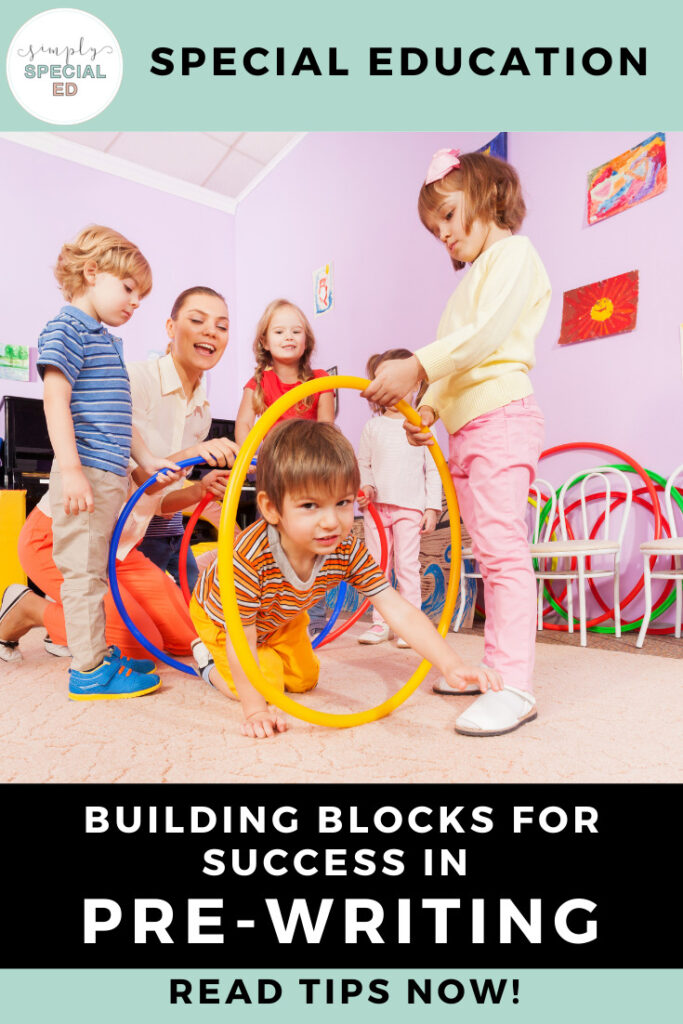
The post Building Blocks for Success in Pre-Writing appeared first on Simply Special Ed.

